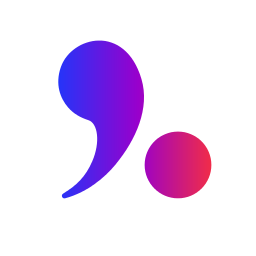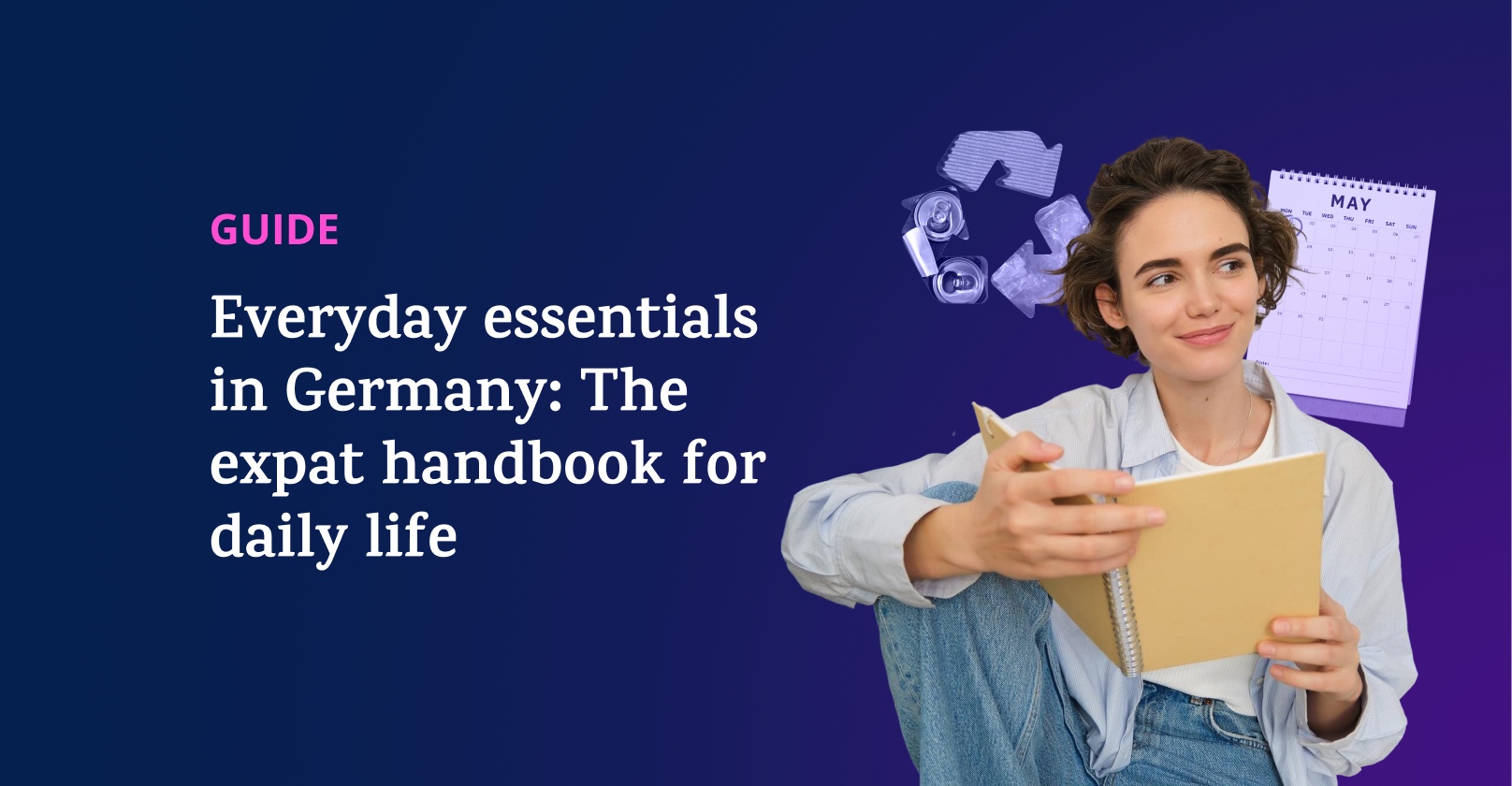German language levels from A1 to C2 explained

When learning German, your level of proficiency can be determined through the use of German language levels. At Lingoda, we use the Common European Framework of Reference for Languages (CEFR), which is widely regarded as the gold standard for measuring language achievements. This framework divides learners into six common reference levels.
In this article, we’ll explain the different German language levels, how they came about, what they really mean and why this system is so useful. Once you find out your current language level, you can dive right in and begin learning from native-level teachers with Lingoda.
- What is A1, A2, B1, B2, C1, C2 German?
- What level of German is fluent?
- Beginner: CEFR German Language Level A1
- Pre-Intermediate:-CEFR-German-Language-Level-A2
- Intermediate:-CEFR-German-Language-Level-B1
- Upper-Intermediate: CEFR German Language Level B2
- Advanced: CEFR German Language Level C1
- Mastery: CEFR German Language Level C2
Start with Lingoda today
What is A1, A2, B1, B2, C1, C2 German?
The CEFR divides German language learners into three main divisions (A, B and C) and six common reference levels in total (A1, A2, B1, B2, C1 and C2).
Broadly speaking, levels A1 and A2 describe basic language users, levels B1 and B2 describe independent users, while levels C1 and C2 describe proficient users.
This CEFR itself was established by the Council of Europe. One of the primary aims was to make it easier for educators and employers to understand the level of language proficiency people have. It also provides a roadmap for teaching and assessing all European languages.
Since its first publication in 2001, the framework has emerged as the international standard for measuring language ability and progress, and Lingoda uses it for the same purpose.
What level of German is fluent?
As a general rule, If you achieve German level B2 you’ll be regarded as fluent. At this level, you will be able to interact with native speakers without either party struggling to understand the other. Many university courses will admit students who have achieved level B2, while only complex subjects like Law will typically require C1 level language skills.
By the time a learner reaches level B2, they’ll be able to confidently communicate in German, read complex text, and write in a way that is clear and easily understood. Do you want to ace a job interview in German and work in a German office? Then reaching B2 will get you there!
Beginner: CEFR German Language Level A1
German A1 level is the first CEFR level and is often described as the absolute beginner level or breakthrough level. To reach this level, you’ll need to demonstrate an understanding of basic words, phrases and expressions, introduce yourself and ask basic questions.
If you complete level A1 you will be able to understand basic German phrases when spoken clearly and slowly. It will typically take between 60 and 150 hours of studying to reach level A1 competency, assuming instruction is provided by a high-quality teacher. This is the first milestone of your journey, keep practicing!
Pre-Intermediate: CEFR German Language Level A2
Reaching the German A2 level will mean you can understand frequently used expressions, especially when focused on areas of immediate relevance. At this level, you’ll be able to use simple language to describe your background, family and surroundings. You should also find it possible to order food from a restaurant in German.
This level is sometimes referred to as the way stage, or pre-intermediate stage. It will usually take around 150-250 hours of learning to achieve level A2 in German.
Start with Lingoda today
Intermediate: CEFR German Language Level B1
Intermediate or German B1 level is the first stage of the second main division in the framework. If you achieve this level you will be able to deal with the main situations and topics that come up when traveling to a German-speaking country.
You will be able to speak about topics related to leisure, work and school, write about topics of interest, and talk about your hobbies in German. It will usually take 250 to 500 hours of study to reach this level. Fluency awaits! Keep practicing
Upper-Intermediate: CEFR German Language Level B2
The German B2 level is described as the upper-intermediate level. It’s the point at which you can generally be considered fluent and competent with a language. If you reach this level, you’ll be able to have conversations with native speakers and be easily understood.
A B2-level German speaker can have technical discussions, speak confidently, write about complex topics, and understand abstract text. Reaching this level of proficiency in German may take up to 600 hours of learning, but some people achieve it in around 450-500 hours.
Advanced: CEFR German Language Level C1
Congratulations - you made it to the first stage of the third main division! This is German C1, often known as advanced. At this level, you’ll be able to communicate confidently in social and professional settings and use the German language with a level of flexibility and spontaneity. You’ll also be able to create long, complicated texts about advanced topics and organize sentences effectively.
A typical learner will need 600 to 750 hours of learning from a quality teacher to achieve this level in German. It’s a good level to aim for if you want to work in a German business.
Mastery: CEFR German Language Level C2
Finally, level C2 represents mastery of the German language. At this stage, you will be able to understand almost any German you read or hear, and you’ll feel confident communicating verbally or in writing. At level C2, you’ll be able to express yourself clearly and precisely, even with technical topics. You’ll also be able to formulate arguments in German.
To achieve mastery, you can expect to study for over 750 hours and perhaps more than 1,000 hours. While this is a significant undertaking, reaching level C2 German will allow you to teach German to other people and face up to any of the language-based challenges that come your way. You can have complex academic discussions or nuanced social interactions, sounding like a near-native speaker.
Reach your German language level with Lingoda
At Lingoda, we offer structured lessons from native-level teachers, with 50-class modules per level. This helps to ensure students achieve the proficiency required and get CEFR certified. With our student resources, small classes and comprehensive language curriculum, you’ll be able to progress through the German language levels quickly.










